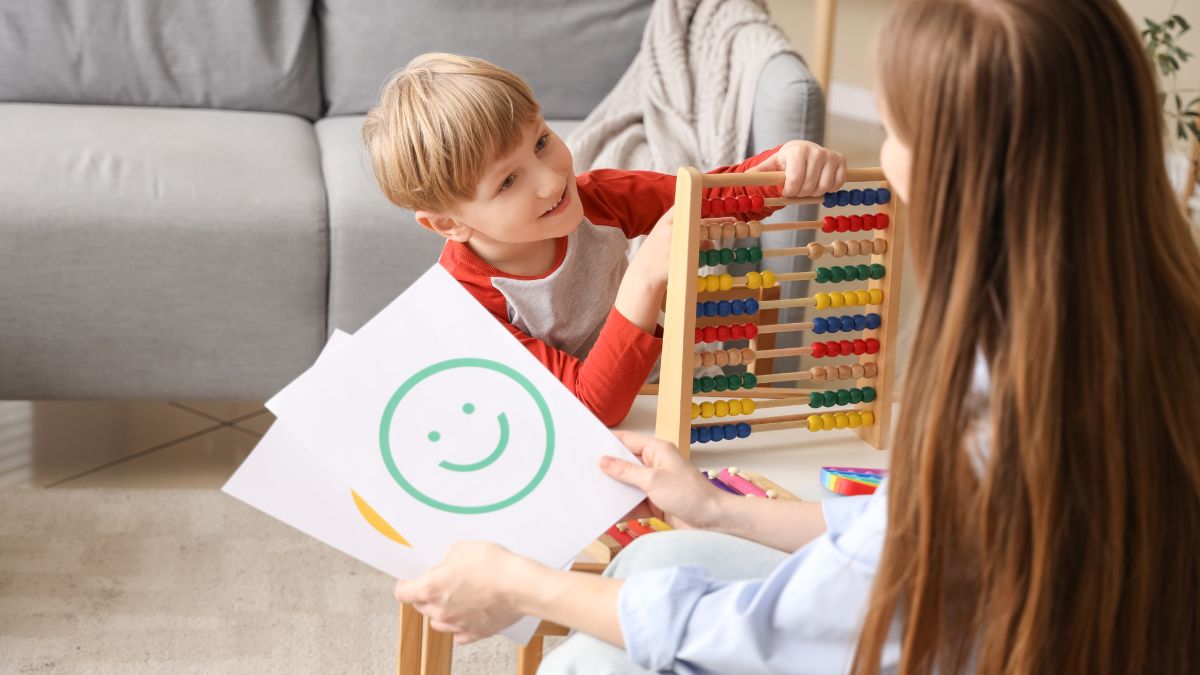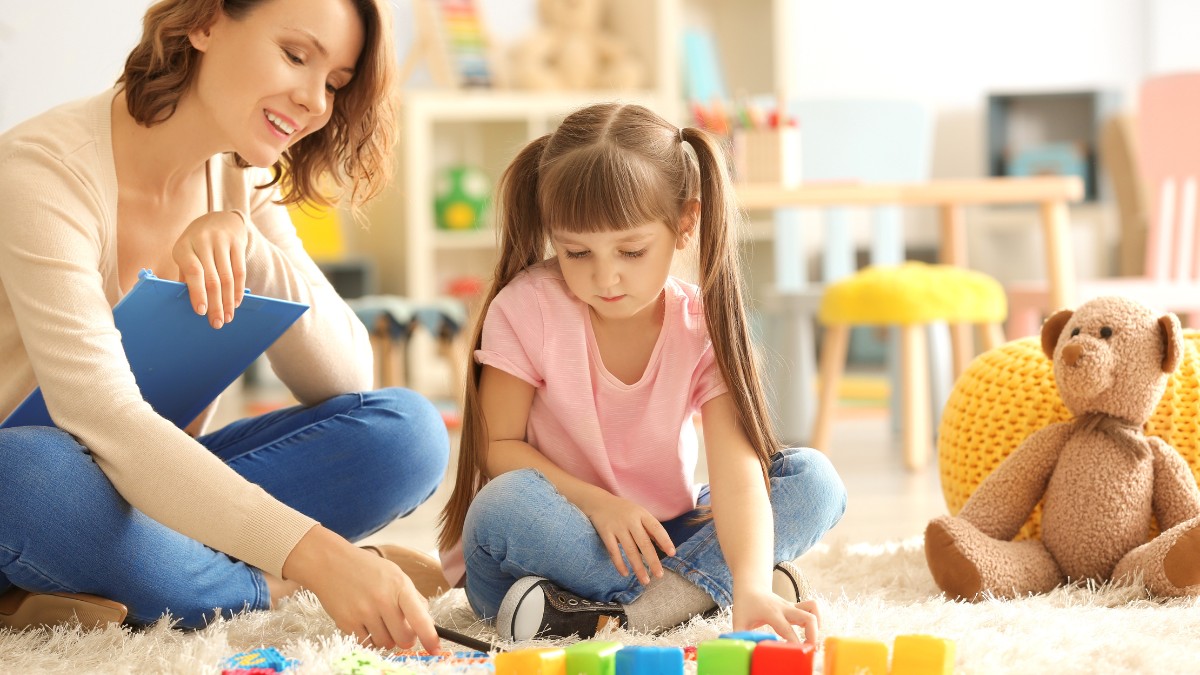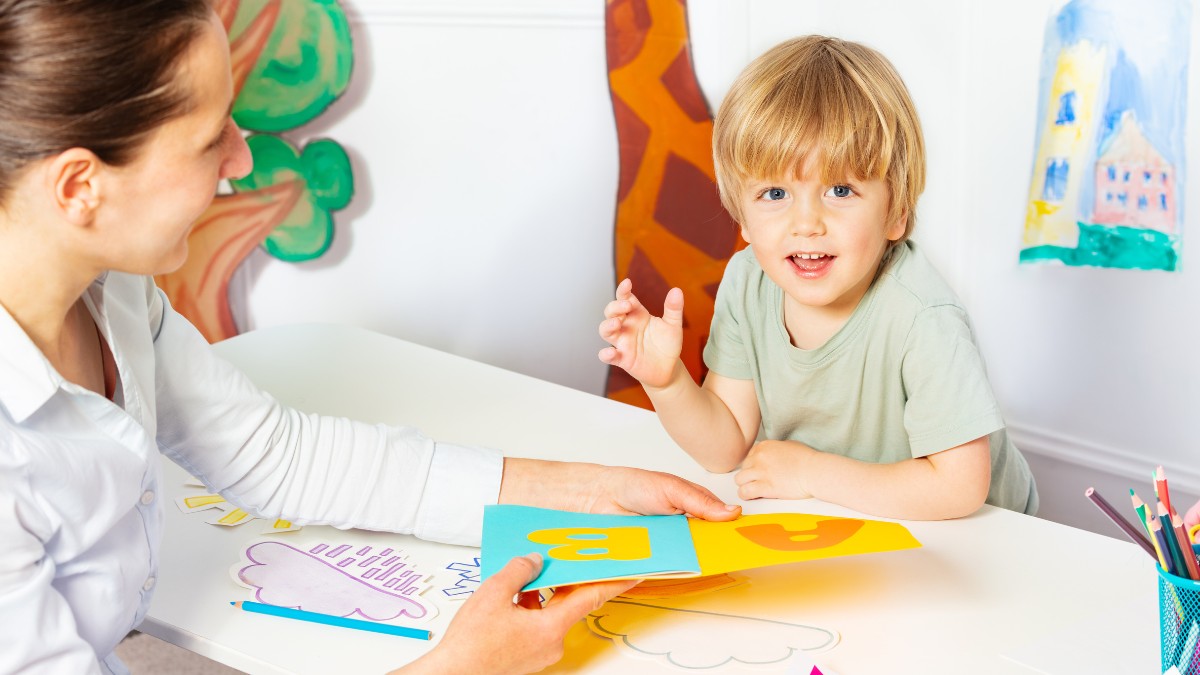Key Points:
- Physical activity helps boost communication, attention span, and peer interaction in children with autism.
- Exercise can reduce anxiety, improve mood, and build confidence, making social interactions more manageable.
- Integrating physical activity with therapy enhances outcomes—especially when combined with evidence-based support like ABA therapy.
Sometimes the smallest victories feel like the biggest milestones. For parents of children with autism, a moment of eye contact, a shared laugh, or a spontaneous hello can feel like magic. What if something as simple as exercise could help create more of these moments?
Can Exercise Really Improve Social and Communication Skills in Children with Autism?
Yes. Structured physical activity can significantly enhance both social skills and communication in children with autism. From improving body awareness to encouraging teamwork, the autism and exercise benefits go beyond just physical health—they touch the heart of social development.
When it comes to helping a child on the spectrum thrive, many parents explore evidence-based therapies like ABA. But weaving physical activity into the routine can amplify the progress. Let’s take a closer look at how and why this works.
How Exercise Positively Affects Children With Autism
Whether it’s bouncing on a trampoline, swimming, biking, or practicing yoga, the right kind of movement can spark real changes—especially in how children with autism perceive and interact with the world around them.
1. Supports Brain Function and Focus
Physical activity increases blood flow and helps regulate brain chemicals that control mood and behavior. That’s great news for children who may struggle with attention or sensory processing.
- Exercise boosts dopamine and serotonin, both linked to focus and emotional regulation.
- Kids who are more regulated often find it easier to participate in social situations and therapy sessions.
2. Reduces Anxiety and Encourages Calm
Many children on the spectrum experience heightened anxiety, particularly in unfamiliar or social environments. Exercise helps release built-up tension and stress.
- Aerobic activity, like jogging or dancing, is especially effective at reducing cortisol, the stress hormone.
- Activities with rhythmic, repetitive motion (e.g., swimming or cycling) can have a calming, meditative effect.
3. Promotes Peer Interaction and Teamwork
Team sports or group activities give children structured opportunities to practice interaction in a lower-pressure environment.
- Even simple games like Simon Says or obstacle courses can teach turn-taking, listening, and following directions.
- Shared goals—like scoring a goal or finishing a relay—can foster cooperation and build bonds.
What Types of Exercise Work Best for Children with Autism?
Choosing the right type of movement is key. It should be enjoyable, predictable, and adaptable to each child’s sensory and developmental needs.
Individualized Activities
These are perfect for children who prefer solo play or need time to warm up to new experiences.
- Swimming – Combines sensory input with gentle resistance.
- Martial Arts – Teaches self-discipline and builds confidence.
- Yoga – Encourages mindfulness and body awareness.
Group-Based or Social Activities
For children ready for more interaction, these exercises can promote communication and teamwork.
- Dance classes – Incorporate rhythm and imitation, helping kids read social cues.
- Recreational sports – Soccer or basketball can be simplified and adapted.
- Therapeutic horse riding (hippotherapy) – Combines sensory, physical, and emotional benefits.
Real-Life Gains: Social Skills That Grow With Movement
Social skills don’t develop in a vacuum—they thrive with practice and support. Exercise provides a natural stage for many of the skills kids on the spectrum work on in therapy.
How exercise reinforces key social abilities:
- Eye contact: In activities like catch or dancing, maintaining visual contact becomes part of the game.
- Turn-taking and patience: Wait-and-go games reinforce impulse control.
- Body language and spatial awareness: Learning to move safely around others promotes non-verbal communication.
- Imitating peers: Watching and mimicking a coach or peer boosts social learning.
- Sharing and cooperation: Team goals foster mutual understanding.
These aren’t abstract theories—they’re skills seen in action every day, thanks to programs and families integrating exercise into their routines.
Pairing Physical Activity With ABA Therapy for Better Results
Let’s say your child is in ABA therapy, learning functional communication, emotional regulation, or play skills. Layering in physical activity can help accelerate that progress by providing real-life scenarios to practice those very skills.
Why the combo works:
- Generalization of skills: What’s learned in therapy can be applied during play or sports.
- Improved engagement: Physical activity increases readiness for learning and attention during therapy sessions.
- Enhanced motivation: Movement-based rewards or exercise breaks can serve as effective reinforcers in ABA therapy.
Many therapists already use these techniques. But for parents looking to enhance their child’s day-to-day development, adding structured movement at home or through community programs can go a long way.
_20250709_220455_0014%5B1%5D.jpg)
Making Exercise Fun: Tips for Parents
Incorporating exercise doesn’t mean signing up for a sports league tomorrow. It’s about finding what works and building from there.
Try these simple ideas:
- Daily movement breaks – Five minutes of dancing after breakfast or before homework.
- Playground time – Slides, swings, and climbing all build coordination and confidence.
- Movement-based games – Freeze dance, hopscotch, or balloon volleyball.
Consistency matters more than intensity. Let your child set the pace, and celebrate every win—no matter how small.
Overcoming Common Challenges
Of course, it’s not always easy. Children with autism may resist change, dislike certain textures or noises, or need time to adjust. That’s OK.
Tips for success:
- Start slow: Introduce new activities gradually.
- Respect sensory needs: Use noise-canceling headphones, compression clothing, or choose quieter environments.
- Keep it predictable: Visual schedules and routines help ease anxiety.
- Use positive reinforcement: Praise and small rewards can boost motivation.
Most importantly, involve your child in choosing the activities. When they feel empowered, they’re more likely to engage.
The Big Picture: Lifelong Benefits of Movement
The autism and exercise benefits aren’t just short-term. They can lead to:
- Greater independence in everyday life
- Improved self-esteem and body awareness
- Better physical health and reduced risk of obesity
- Long-term emotional well-being and social adaptability
When physical activity becomes part of a child’s daily rhythm, it supports the entire family. Fewer meltdowns. More connection. More joy.
Ready to Take the Next Step? Explore ABA Therapy with Aluma Care
When it comes to nurturing growth in children with autism, combining effective support systems is key. While exercise offers tremendous benefits, it shines brightest when paired with evidence-based therapies like Applied Behavior Analysis (ABA).
At Aluma Care, we specialize in ABA therapy in New Hampshire, Kansas, and Virginia—designed to meet your child where they are and help them get where they want to go. Our therapists use proven strategies that blend naturally with activities like play, movement, and communication training.
Let’s work together to create more moments of connection, growth, and joy. Discover how ABA therapy can amplify the autism and exercise benefits for your child—contact us today.



_20250709_220455_0005%5B1%5D.jpg)
_20250709_220455_0003.jpg)

















.png)